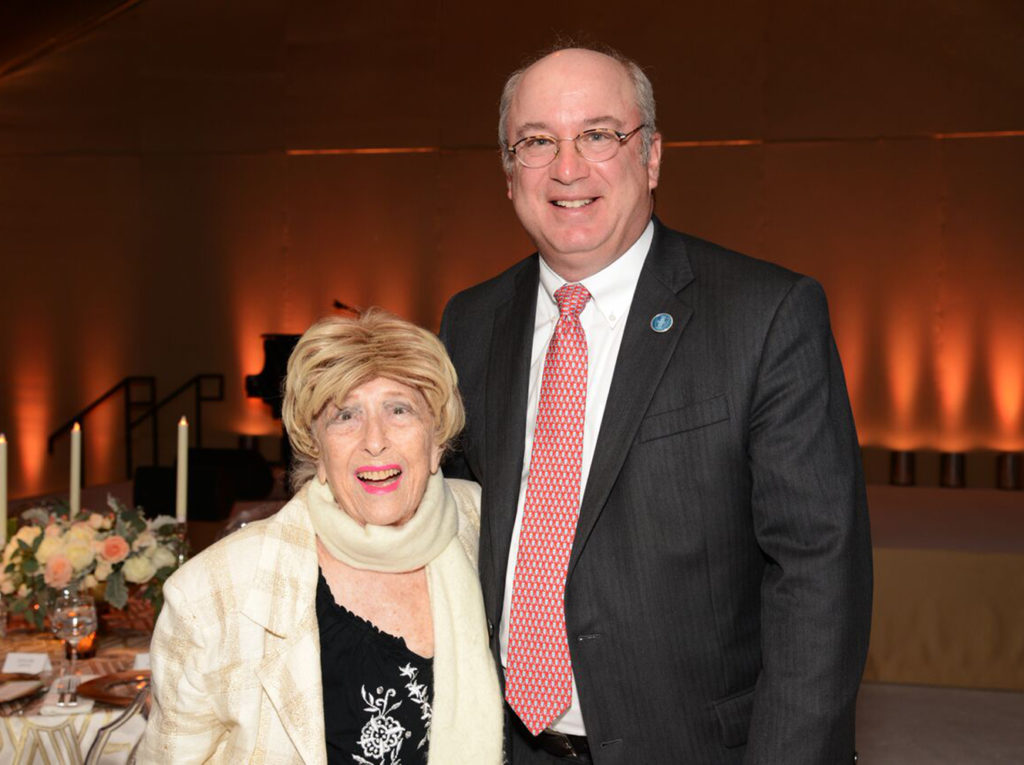After one of his patients fell while using the bathroom, Massachusetts General Hospital nurse Jared Jordan, RN, began to think about crafting a device that would provide patients with more privacy and safety while using the bathroom.

Two years later, the result is a harness-like tether that has a patent pending. Mr. Jordan went into nursing to help people. The invention, he says, “is another way I can do that.”
Mr. Jordan’s foray into entrepreneurship has been aided by an Innovation Design Excellence Award (IDEA) grant from Mass General’s Department of Nursing and Patient Care Services.
The IDEA program reflects a vibrant culture of innovation long nurtured among Mass General nurses. IDEA is one of several recent initiatives that underscore the hospital’s commitment to innovation aimed to improve patient care, enhance efficiency and effectiveness and increase the satisfaction of patients and nurses.
“Nurses are natural innovators,” says Hiyam Nadel, RN, MBA, an innovation specialist who oversees the IDEA program. “They are with patients 24/7 and are in a unique position to come up with creative inventions, workarounds and solutions to problems we encounter.”
Ms. Nadel, whose MBA is in innovation and entrepreneurship, acts as an “accelerator.” She guides nurses and other patient care professionals awarded IDEA grants. Her goal is to help them scale their ideas into something that could reach many more patients beyond those in their units.

Fielding Partnership Proposals
“There’s always been a practice environment here where there’s a willingness to try new things, accept change and be on the forefront,” says Gaurdia Banister, RN, PhD, NEA-BC, FAAN, executive director of the Institute for Patient Care, which encompasses much of the research and innovation in Mass General nursing. That includes the Center for Innovations in Care Delivery, where the IDEA grant program resides.
“The level of creativity is extraordinary,” Dr. Banister says. “The passion to develop something to make care better and safer is in every grant proposal we read.”
Companies have approached Dr. Banister and Ms. Nadel about partnering with them. Nurses are increasingly seen as “subject matter experts,” who could create or test medical products or equipment and provide feedback before the products come out commercially.
The innovative spirit has always been in nursing, Dr. Banister points out, but became the new standard after the innovation units were created.
“Our staff are coming up with great ideas that will improve practice and the work environment.”
Nursing Innovation Milestone
The Innovation Unit project, launched in 2011, helped to transform the hospitalization experience for patients. It also served as an unmistakable call to nurses for their continued creativity and collaboration.
The list of 13 evidence-based, patient-oriented changes that were tested as a bundle came out of a retreat — a collaboration of about 300 staff. The most remarkable change was the creation of a new attending nurse position. The attending nurse, in collaboration with the care team, coordinates patient needs and makes post-discharge phone calls to patients to ensure a safe and smooth transition home.
Patient satisfaction doubled in the 12 units that volunteered to participate. Lengths of stay decreased, as did the necessity for readmissions to the hospital. Staff satisfaction increased. By the end of 2013, all inpatient units adopted the innovation model.

Jeanette Ives Erickson, RN, DNP, NEA-BC, FAAN, then Mass General’s chief nurse and senior vice president for Nursing and Patient Care Services, credited the program with unlocking “the door to a new realm of innovative thinking.”
The quest for innovation has been enthusiastically embraced by her successor, Debra Burke, RN, DNP, MBA, NEA-BC. “This area is ripe with opportunities,” she notes. “Our staff are coming up with great ideas that will improve practice and the work environment.”
Infections and Flip Charts
A good example is the work of IDEA award recipient, Lillian Ananian, RN, PhD, MSN, a clinical nurse specialist who works in the Medical Intensive Care Unit (MICU).
ICU patients often need tubes inserted into major veins to deliver medicine and fluids and draw blood. Although there are strict procedures to prevent infections in these central lines, they still occur.
A few years ago, Dr. Ananian was on a multidisciplinary team that included Paul Currier, MD, and Jeanette Livelo, DNP, MS/MBA, RN, NEA-BC, nursing director of the Medical Intensive Care Unit. They collaborated with Northeastern University systems engineering doctoral student Dominic Breuer, now a PhD, and his team to improve infection prevention. One intervention was the introduction of a flip chart indicating the number of weeks since the last central-line infection.
Now, every Friday, MICU staff gather around the flip chart. If there have been no infections that week, a page is flipped forward. The innovation has been effective, and the Friday gatherings generate discussion and enthusiasm among staff.
“Our nurses have been empowered to identify the barriers to quality care and safety in their own work environments.”
With an eye toward introducing the flip charts to other ICUs and care units, Dr. Ananian received an IDEA grant to interview participants and quantitatively analyze why it has been so successful in hers. Among other things, she found that staff consider the Friday flip chart gatherings to be educational, motivational and even fun. The meetings also have helped them hold each other accountable for following best practices.
“It helps people take pride in their practice,” she says.
Unique Lens into Patient Needs
The IDEA grant program — made possible by the philanthropy of Norman Knight and others — can only fund two awards each year. But more of the roughly 5,000 nurses at Mass General have had a chance at innovating through another Patient Care Services pilot. Mass General is a test site for an innovation program run by the American Association of Critical-Care Nurses.
For it, 10 nurse-led teams have been chosen to pursue their ideas, which include how to improve communication and teamwork as patients are transferred across units and strategies to increase quiet and improve sleep for patients. Over the next year, the teams will develop their ideas, learn about the science of implementation and change, and explore ways to make their solutions sustainable.

“Our nurses have been empowered to identify the barriers to quality care and safety in their own work environments,” says Colleen Snydeman, RN, PhD, NE-BC, director of Nursing and Patient Care Services’ Office of Quality and Safety, who is co-leading this program with the executive director of operations, Marianne Ditomassi, RN, DNP, MBA, NEA-BC, FAAN. “Each team has a unique lens into what needs improvement and how to do it.”
Patients as an Epiphany
Falls in hospital bathrooms injure about a million patients annually, so there’s been great interest in the safety harness system that nurse Jared Jordan is developing with his IDEA grant.
Through various iterations, the device has evolved into something more compact and commercially viable. With input from an infection control specialist, the prototype is made of material that is readily cleanable between patients. When funding is secured to manufacture more of them, they will be piloted on his and other patient floors at Mass General.
These days, people frequently ask Mr. Jordan if he’s going to quit nursing and start a company.
“No way,” he responds. “I wouldn’t have had my epiphany and come up with the harness if I wasn’t working with patients.”
To learn more about how you can support Nursing and Patient Care Services programs at Mass General, please contact us.





